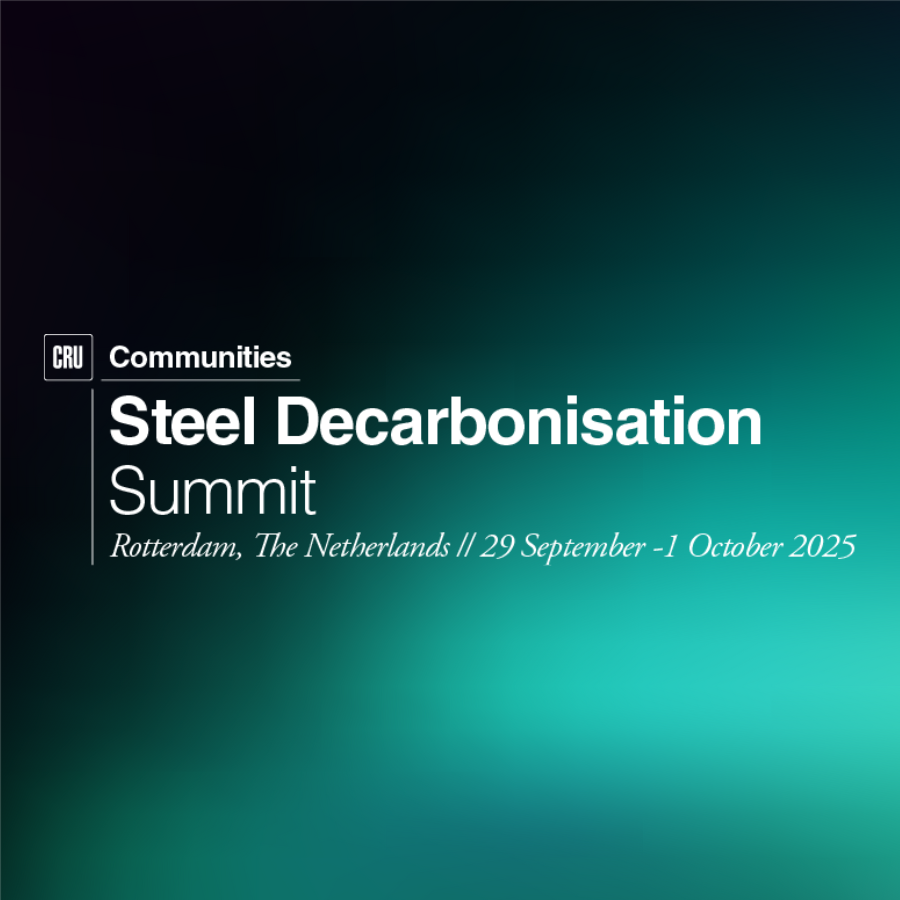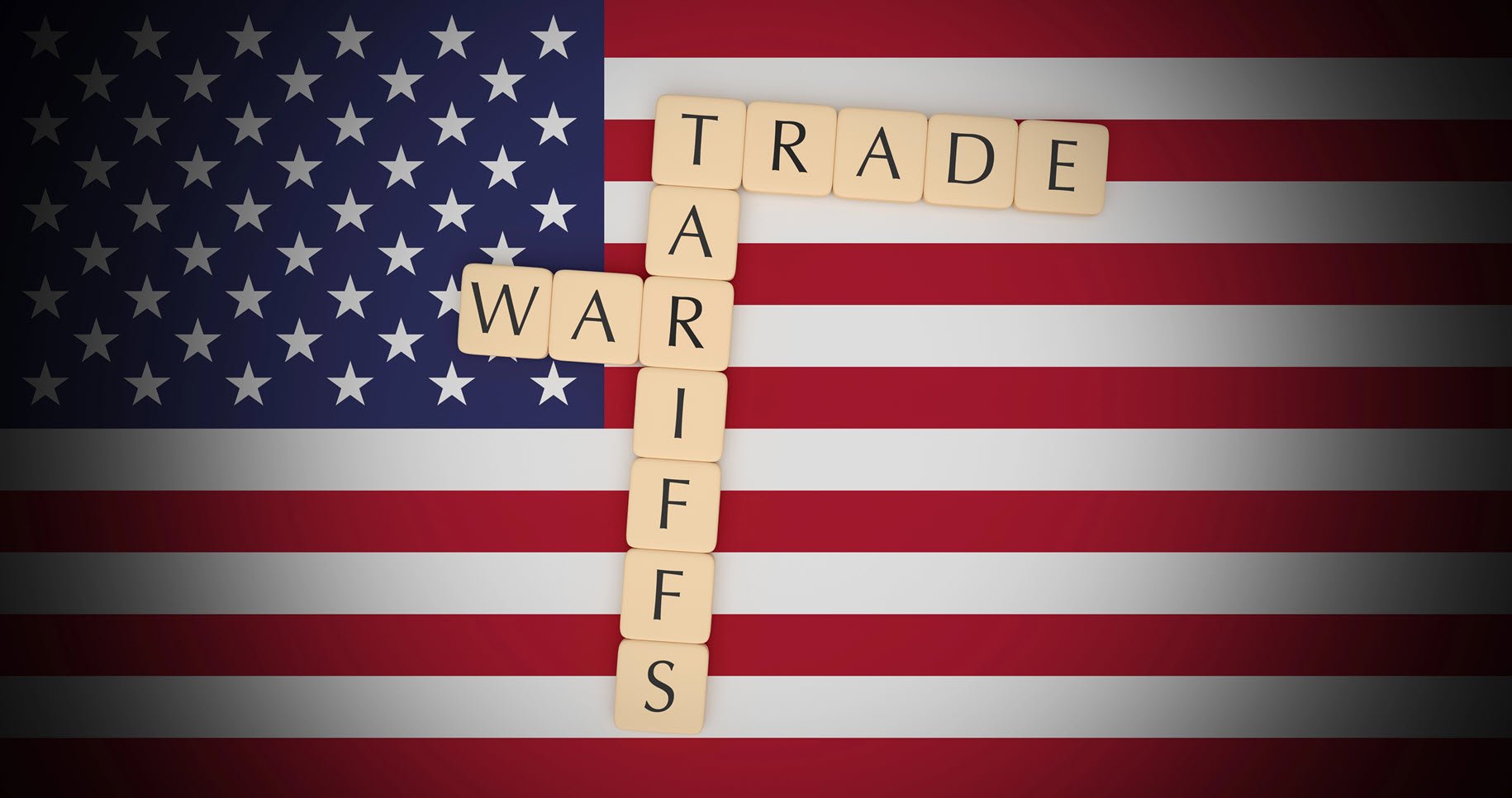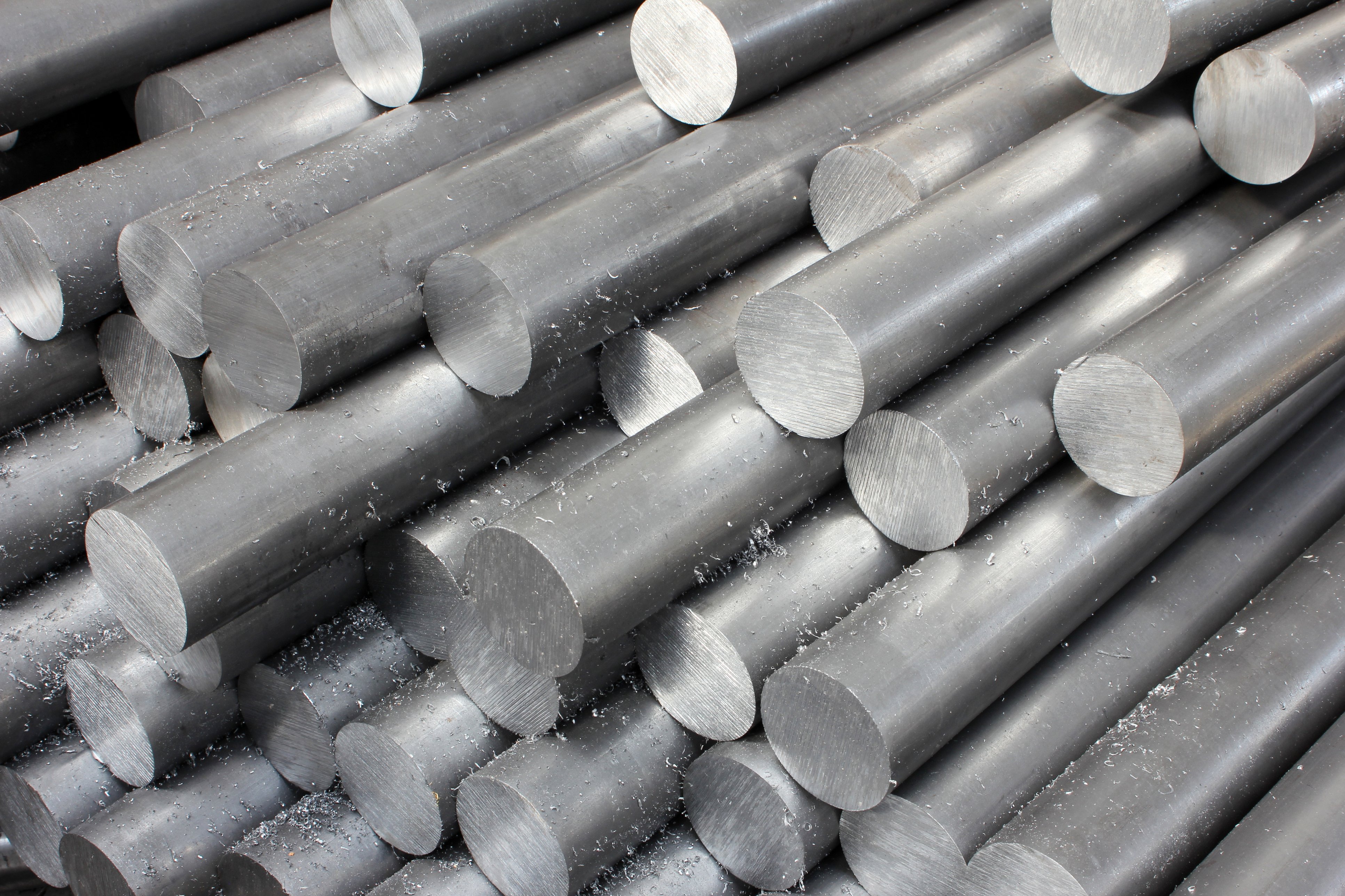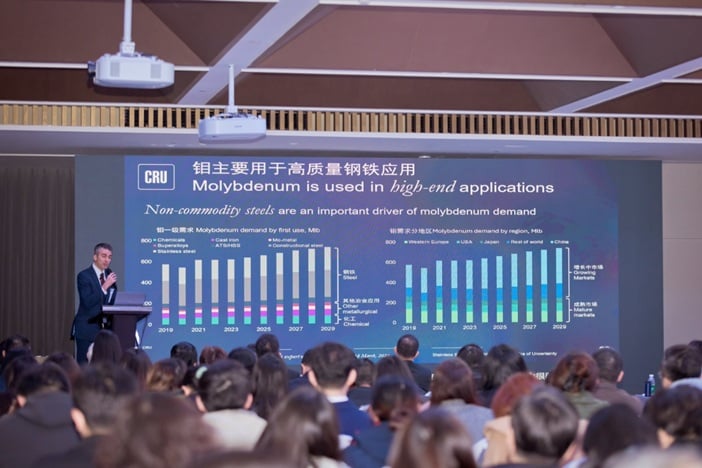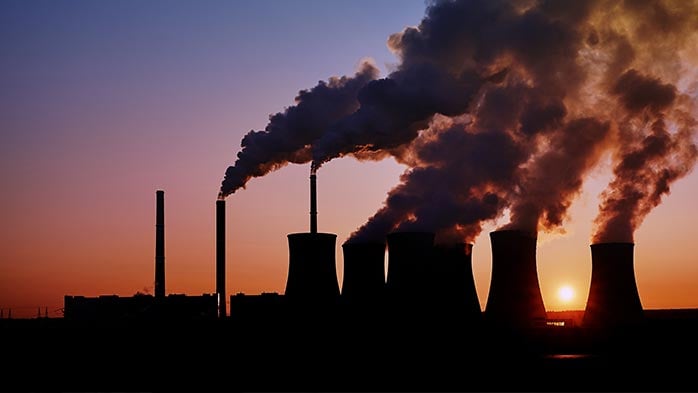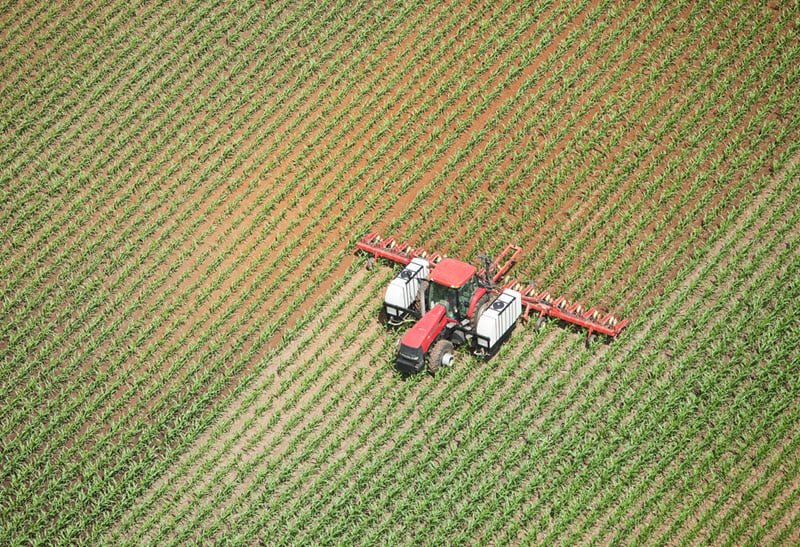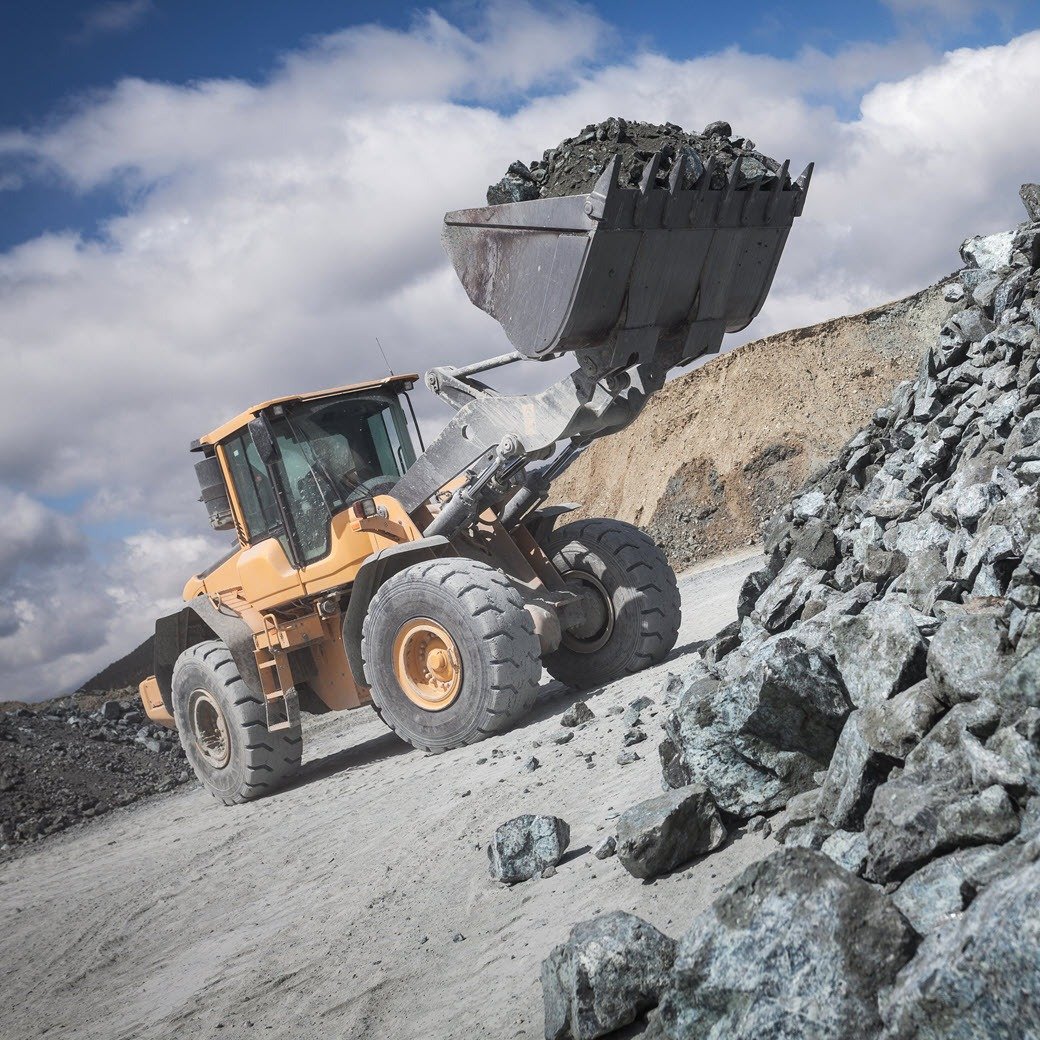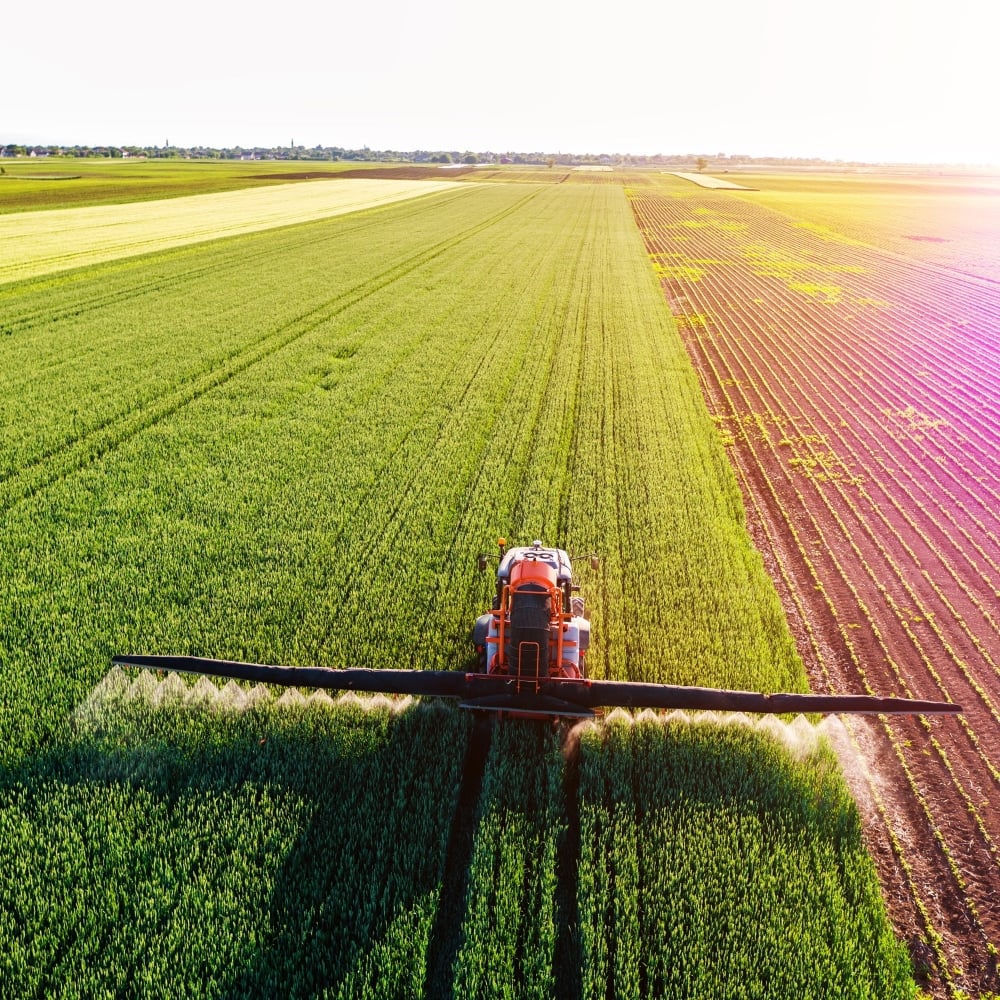Climate risks are increasingly impacting the commodity sector and, not least in recent times, the aluminium sector specifically. Last summer, severe flooding in Switzerland disrupted the Sierre Novelis and Constellium aluminium rolling mill..This disruption significantly impacted European automotive OEMs, including Porsche, Land Rover and BMW due to their reliance on these mills for critical components. Using a global flood hazard map, CRU finds that aluminium rolling facilities worldwide face significant flood risks because much of the capacity is in centres prone to flooding. Damage could be significant where flood risk is not well managed, but knock-on effects across the supply chain could be more significant still.
Rising flood risks threaten European aluminium rolling sector in 2024 and beyond
The severe flooding in Sierre at the end of June 2024 hit the aluminium rolling production of Novelis and Constellium. Impacts resulting from the once-in-30-year rains were severe, and Novelis and Constellium only restarted the Sierre plants in September and October, respectively.
As a result, Novelis faced $101 M in costs, including fixed asset charges, excess cost to fulfil customer contracts, repair and clean-up costs, inventory charges, etc. The net cash impact was at -$80 M after insurance; and the net impact on adjusted EBITDA was estimated at -$30 M.
Constellium reported a cash impact of -$45 M due to the flood and a
-$33 M impact on adjusted EBITDA after insurance. The delivery of aluminium products to luxury automakers including Porsche, BMW and Jaguar Land Rover were impacted.
The aluminium production site in Sierre is located close to the river Rhone and is exposed to flood risk according to the global river flood hazard maps produced by the Joint Research Centre (JRC) of the European Commission.
Using location data from CRU’s Asset Platform, coupled with global river flood hazard maps, we have developed a flood risk index for European aluminium rolling plants. The index is calculated based on the weighted average 100-year return period flood hazard, for areas located within a 5 km radius of each mill to capture not only the flood risk of the mill itself, but also the potential impact of nearby infrastructure disruptions on mill operations.
A 100-year recurrence risk is commonly used as a benchmark to characterise extreme events. We believe this is also a good measure of increasing risk under a changing climate. It is a statistical framework used to describe rare but severe occurrences, including major floods, which have a 1% probability of occurring in any given year. This serves as a benchmark for quantifying and preparing for the likelihood and potential impact of such extreme events.
As presented in the chart below, taken from CRU’s Sustainability analysis, we find that a significant portion of European aluminium production capacity, covered by CRU’s Aluminium Rolling Cost Model, is exposed to flood risks. In fact, half of European aluminium rolling mill production has a higher risk index than the Sierre plants.
This suggests the European aluminium market has an elevated vulnerability to supply disruptions, particularly considering the increasing occurrence of extreme weather events. However, it should be noted that mills with a higher risk index do not necessarily face greater damage when flooding occurs – effective mitigation measures can significantly reduce the risk of actual damage at a facility and these should be considered (discussed in more detail later).
To better illustrate what the risk index represents, we reviewed global flooding events from the past year alongside the risk indexes of the affected areas. We found that flooding events tend to occur in regions with higher flood risk indexes, as defined in our methodology. However, there are exceptions, such as the flooding event in Dubai that occurred in a region with a very low flood risk index.
A lower flood risk does not guarantee that flooding will not occur. However, locations that experience infrequent rainfall tend to invest less in flood mitigation measures, including basic drainage, making them more vulnerable to even moderate rainfall events. This implies that the flood risk curve after mitigation could be flatter than the unmitigated flood risk curve shown above.
Nonetheless, we believe the methodology is a powerful tool for measuring flood risk across facilities and regions, helping stakeholders to better understand flood risks and to focus on recommended mitigation measures.
Regions beyond Europe face higher flood risks
Beyond Europe, global aluminium rolling facilities also face elevated flood risks. For instance, in 2021, severe flooding in Henan, China caused short-term disruptions to the supply and demand of aluminium products, although there were no reports of serious damage to the rolling mills during the flood. Logistics issues delayed shipments, increased inventory levels and prompted short-term production cuts, while power outages briefly disrupted aluminium rolling operations.
Henan is a key production hub supported by substantial upstream primary aluminium capacity nearby and is exceptionally vulnerable to flood risks due to its geographical and meteorological characteristics. Some other major aluminium rolling production hubs in China are also vulnerable to flood risk as they are located close to populated demand centres that, themselves, are more exposed to flood risks.
Further, aluminium rolling plants in North America, particularly in the USA, are often located nearby rivers to facilitate the transportation of raw materials. As a result, they show an elevated exposure to flood risks by this measure.
Managing climate risks is critical to minimise impacts
Floods threaten the aluminium production process in various ways beyond the direct flooding of plant and equipment, including logistical challenges, supply chain disruptions, power outages and disruptions to heat supply and cooling systems, as well as risks to worker safety.
Flood risks can disrupt logistics, affecting both raw material inflow and product outflow, even if the mill remains operational as logistics are not entirely under direct control of a mill. Utilities such as power, heating and cooling systems are likely more secure, but they can still fail during severe flooding. On-site equipment is also vulnerable, directly impacting production. Insurance premiums tend to be higher for facilities in flood-prone regions, while lower premiums could be offered if the facility is protected against flooding.
To mitigate flood risk or cost, measures for high-risk sites include, but are not limited to:
- Diversifying the supply chain;
- Ensuring backup storage;
- Improvingimprove drainage and elevatingelevate equipment;
- Establishingestablish emergency plans with backup power, emergency supplies and key inventory;
- Cooperating with the community on climate adaptation initiatives;
- Securing insurance coverage
Climate change is altering the risk exposure of the commodity sector
Climate change is altering the pattern of extreme weather events, including flooding. It is predicted that global warming will increase the frequency and scale of flood events due to higher evaporation from land and oceans. This trend has been observed over recent decades, as illustrated in the left-hand chart below.
Having said that, not all extreme weather events have exhibited a similar pattern. For example, observational data since 1970 – when meteorological satellites made reliable data more accessible – indicate that the frequency of tropical cyclones has been on a declining trend, which initially feels counterintuitive. That is, climate change may be reducing the frequency of tropical cyclones due to weakened large-scale atmospheric circulation. However, even though it’s not shown in the chart, it could be simultaneously increasing their intensity, driven by higher sea surface temperatures.
In summary, floods threaten aluminium production worldwide, including those in Europe, China and North America, and many mills face a heightened exposure to flood risks. Indeed, several mills have been affected by flooding in recent times. How mills manage climate-related risks is essential to minimising potential impacts, but recognising the risk is the first step to achieving this. Climate change is complicating this task by altering the patterns of these risks, but we have a methodology for assessing these changes, see more on our Sustainability and Emissions service here.
Gaining a deeper understanding of the distribution and evolution of climate risks is becoming increasingly critical for commodity industry stakeholders. If you are keen to learn more about how climate risks impact the commodity industry, please feel free to contact us or request a sustainability and emissions demo here.




